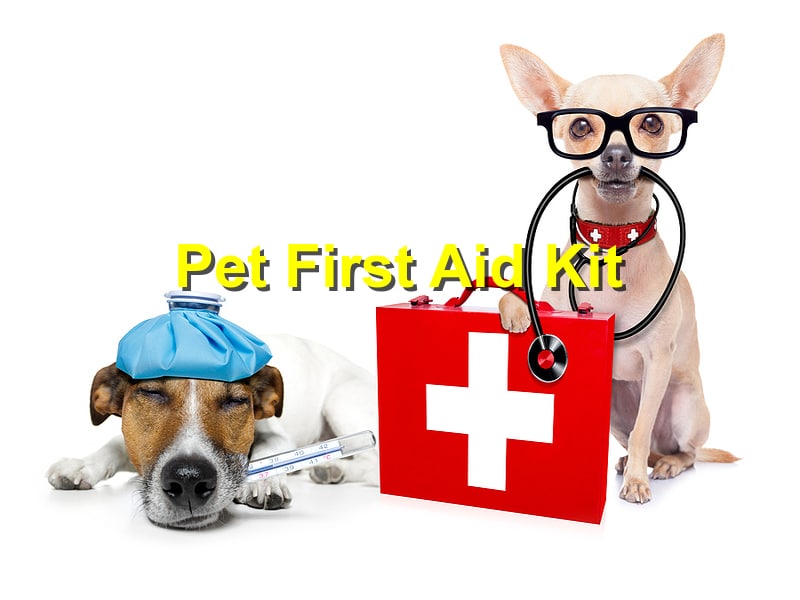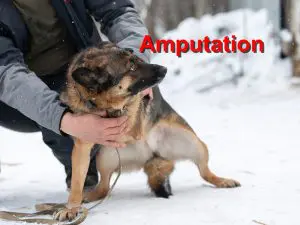A pet first aid kit is a crucial tool in handling unexpected emergencies for your furry companion. Here’s how to assemble one to ensure you’re prepared to provide immediate care when needed:
1. The Essentials: Start with basic items such as gauze pads, bandages, adhesive tape, scissors, tweezers, and non-stick bandage material. These are essential for wound care and dressing.
2. Antiseptic Solutions: Include antiseptic wipes or solutions like chlorhexidine or povidone-iodine for cleaning wounds or minor injuries.
3. Sterile Saline Solution: A sterile saline solution is useful for flushing out debris from your pet’s eyes or wounds.
4. Instant Cold Pack: In case of swelling or to cool down overheated pets, an instant cold pack or a small reusable ice pack wrapped in a towel can be handy.
5. Styptic Powder or Gel: This aids in stopping minor bleeding from nails that are clipped too short.
6. Rectal Thermometer: A rectal thermometer specifically for pets can help assess if your pet has a fever. Normal temperature ranges vary by species and breed.
7. Hydrogen Peroxide (3%): This can be used to induce vomiting in some cases of accidental ingestion. However, always consult a vet or poison control before doing so.
8. Oral Syringe or Turkey Baster: Useful for administering oral medications or flushing wounds.
9. Medical Gloves: Protect yourself from contamination or infections while administering first aid to your pet.
10. Muzzle and Pet Restraints: In case your pet is in pain or distress, a muzzle and restraints can prevent unintentional bites or movements that may worsen the injury.
11. Pet’s Medical Records: Include a copy of your pet’s medical history, vaccination records, and emergency contact numbers for your vet and nearest emergency clinic.
12. Pet-Specific Medications: If your pet has prescribed medications, keep a small supply in the first aid kit. Remember to regularly check and replace expired medications.
13. Emergency Blanket: A small emergency blanket can help keep your pet warm or provide comfort during stressful situations.
14. Contact Information and Instructions: Include a sheet with instructions on basic first aid procedures and CPR for pets, along with contact information for local animal hospitals or emergency clinics.
15. Pet Carrier or Transport Equipment: Keep a sturdy carrier or transport equipment to safely move your pet in case of an emergency.
Maintenance: Regularly check and replenish items in your pet first aid kit. Ensure everything is in good condition and within its expiration date.
Education and Training: Lastly, educate yourself on basic pet first aid procedures. Consider taking a pet first aid and CPR course to be better prepared for emergencies.
A well-prepared pet first aid kit can be a lifesaver during unexpected situations. Knowing how to use the items within and having a plan in place can make a critical difference in your pet’s well-being until professional help is available.
References: ShallowFordVet, AlpineHospital





